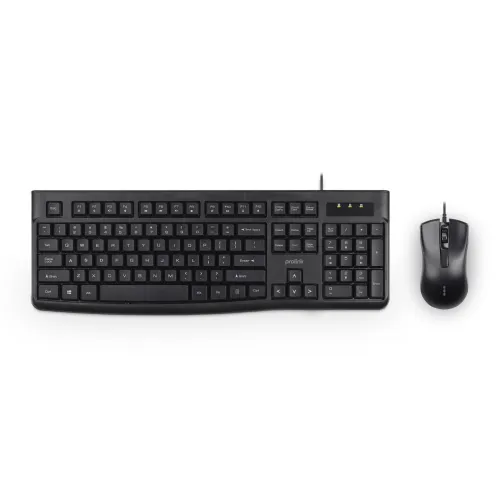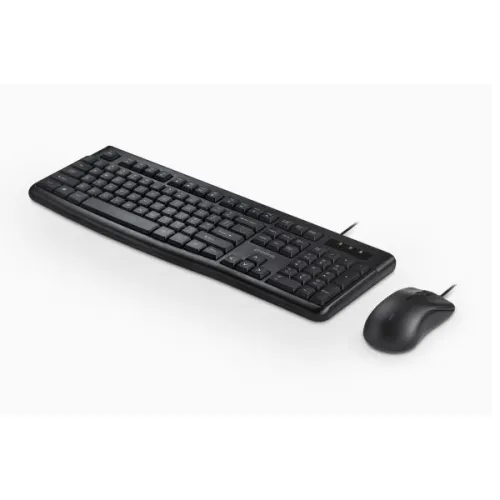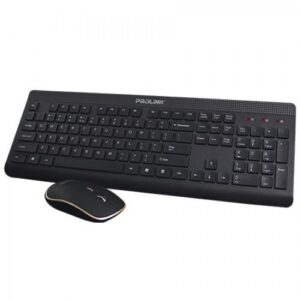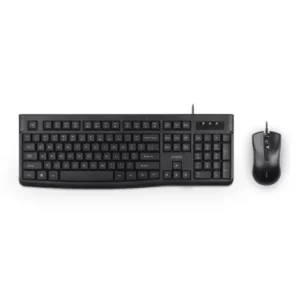Multimedia Keyboard Specifications
Multimedia keyboards are designed to enhance user experience, combined with ergonomic features and superior functionality. A critical aspect of these keyboards is the number and functionality of multimedia keys. Typically, multimedia keyboards come equipped with a range of dedicated keys, often numbering between 8 to 20, which allow users to control volume, media playback, and access applications with ease. This convenience makes them especially suitable for users engaged in frequent multimedia operations.
One prominent type of key used in multimedia keyboards is the 12-key switch membrane. These keys offer tactile feedback while enabling quick access to functions such as play, pause, stop, and track navigation. The membrane technology presents a softer pressing experience, reducing strain during prolonged use and contributing to overall typing efficiency. The choice of key type can significantly impact user comfort, which is vital in today’s work and leisure environments.
Connection interfaces play a crucial role in the usability of multimedia keyboards. Most models utilize a USB cable connection, ensuring stable and reliable performance. The USB interface not only simplifies the setup process but also provides a consistent power supply to the keyboard. This is particularly important for users who depend on real-time responsiveness, such as gamers and streaming enthusiasts.
The physical dimensions of a multimedia keyboard also affect ergonomics and functionality. A standard keyboard often measures around 470mm in width and 150mm in depth, weighing approximately 1.2 kilograms. This size facilitates comfortable use while maintaining portability for users on the go. Proper sizing ensures that the keyboard fits within various workspace layouts, promoting a more organized and efficient workstation.
Understanding these specifications assists consumers in selecting a multimedia keyboard that meets their needs, ultimately enhancing their everyday computing experience. Selecting the right features can lead to significant improvements in productivity and enjoyment during multimedia activities.
Mouse Specifications and Functionalities
The computer mouse is an essential peripheral device, and its specifications significantly influence performance and user experience. One of the primary specifications to consider is the number of buttons available. A typical multimedia mouse features at least four buttons, including the standard left and right-click buttons, a scroll wheel, and an additional customizable button. This configuration allows users to perform a variety of tasks efficiently, whether they are navigating through documents, gaming, or utilizing graphic design software.
The resolution of the mouse, commonly quantified in DPI (dots per inch), is also a critical specification. A 1000 DPI resolution is standard for most multimedia mice, providing a balance between accuracy and speed. Higher DPI settings enable quicker movement across the screen, which is particularly valuable in gaming scenarios where rapid reflexes are essential. Conversely, lower DPI settings may be more beneficial for graphic design applications, allowing for precise movements that require fine detail.
The connection type of the mouse plays a vital role in its usability as well. A USB cable connection is widely preferred for its reliability, ensuring a stable and uninterrupted link between the mouse and the computer. This connection method eliminates concerns over battery life that come with wireless options, making it suitable for extended periods of use, especially in productivity-focused environments.
Additionally, the physical dimensions and weight of the mouse can greatly affect user comfort. A well-balanced mouse with an ergonomic design can reduce fatigue during long hours of use, making it a critical factor for various user needs, including gaming, graphic design, and general productivity tasks. Finally, many multimedia mice come with a warranty period of one year, providing consumers with assurance in their investment and indicating the manufacturer’s confidence in the product’s durability.






